Dishwasher
Not Cleaning
Click on the Steps below to jump directly to that section:
**NOTICE**
Wiring Colors, Connectors, and Pins will vary by model/product code. Always be sure to download and use the service manual for your specific model.
For Test Mode procedures use this link and input your specific model: https://lgtestmodes.com/
How the customer uses the Dishwasher, and whether they understand its options and functions can contribute greatly to the efficiency of the Dishwasher.
Ask the customer if they have seen any error codes displayed recently.
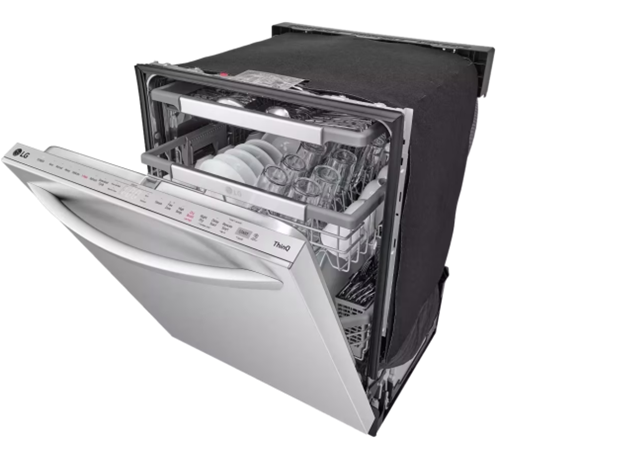
Excessive Food should be removed before placing in the Dishwasher.

Proper placement of the dishes when loading can also help the Dishwasher be more efficient. Make the Customer aware of the proper way to load the Dishwasher to avoiding the load in the racks from stopping the spray arms.

Example of Loading the Lower Rack
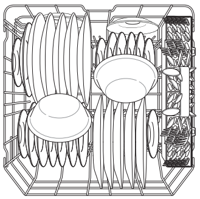
Example of Loading the Upper Rack
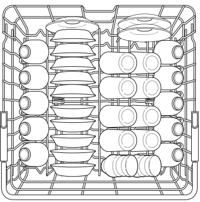
Example of Loading the Utensil Basket

Make sure the Customer understands the importance of using the correct detergent and rinse aid in the Dishwasher.
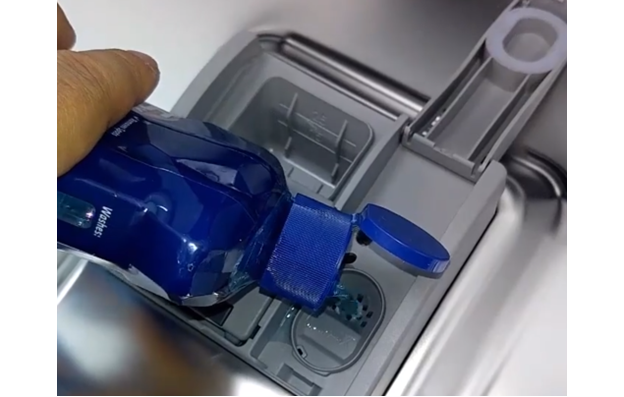
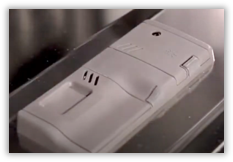
Make sure the water coming into the Dishwasher is approximately 120 ° (not to exceed 140 °)
Place in test mode, and activate the fill step, let the unit fill till the water covers the bottom of the tub, and check the temperature of the water with a temp probe on your meter.
If the temperature is too cold or takes a very long time to increase, make sure the supply line to the Dishwasher is plumbed into the cold-water line or the hot-water line, which is what it should be.
If the Water heater is located a long-distance form the unit, the customer may have to run the water at the kitchen sink (closest to the Dishwasher), to get the hot water to start sooner.
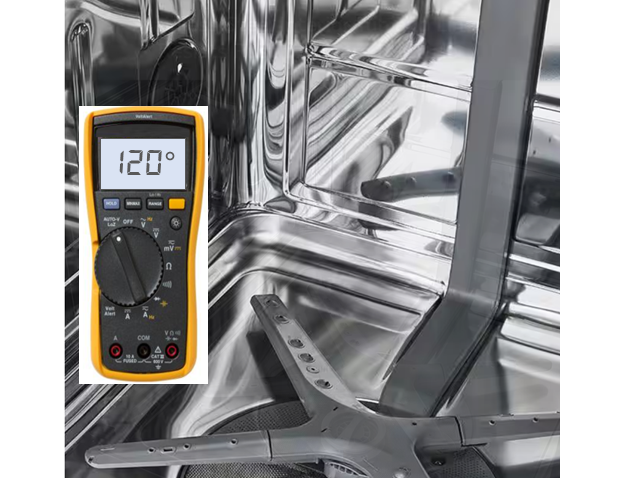
Explain the importance of proper maintenance to the customer.
Cleaning the Spray Arms

Cleaning the Filter and sump area.


Run the Test Mode and check all functions of the Dishwasher.